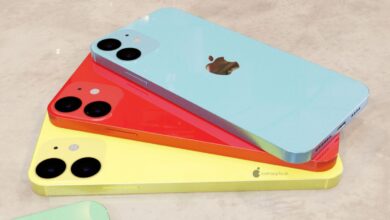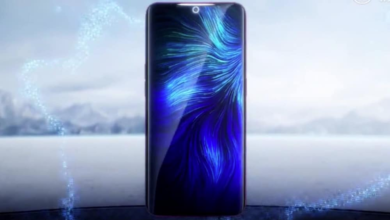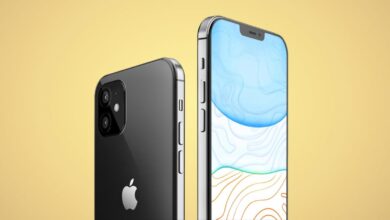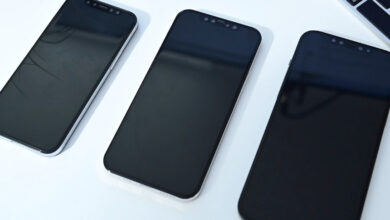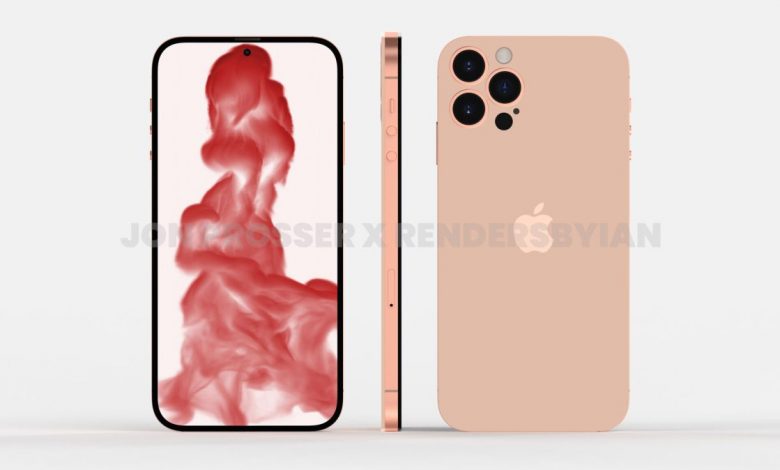
The iPhone 14 is still a long ways out, but rumors about it have already started swirling. In this case, we might know a bit more about Apple’s future display plans, notably for the iPhone 14 Pro models. This could spell the end of the dreaded notch, which we’ve had since the iPhone X in 2017.
Korean publication The Elec reported that Apple will use a hole-punch cutout for the front camera in the iPhone 14 Pro, much like you see on the best Android phones. This simply means that the display takes up almost the whole front of the phone except for a little hole for the camera lens.
This all-screen experience has led some to say that many top-tier Android phones look better than even the latest iPhone 13. We’ll reserve our own judgement, but you can decide for yourself. That said, this report lends credence to some of the iPhone 14 renders we’ve seen recently.
The Elec said that Samsung has ordered the requisite tech from Philoptics and Wonik IPS to manufacture the OLED displays. This technology will allow for more precise laser cutouts for the hole punches. Apple is apparently keen on capitalizing on Samsung’s display prowess for the iPhone 14 Pro and iPhone 14 Pro Max, using the Korean company’s Hole-in-Active-Area (HIAA) process.
HIAA is the most advanced hole-punch methodology right now, which uses a laser to drill between two of the OLED production steps. It’s apparently difficult to pull off, but Apple has historically wanted the best for its phones — which the consumer usually ends up paying for.
The Elec noted that the base model iPhone 14 and iPhone 14 Max will continue to have a notch for Face ID. But The Elec also said that the Pro models will continue to have variable refresh rate LTPO tech in combination with the OLED panels.
Samsung isn’t the only one that The Elec said will possibly manufacture iPhone 14 displays. LG seems to want in on the action, specifically with under-display camera (UDC) tech. UDC could be the key to having Face ID under the display, removing the need for a notch. LG also supposedly hopes to add to Samsung’s display supply for the next iPhone, though the company is allegedly still in the testing and development phase.
